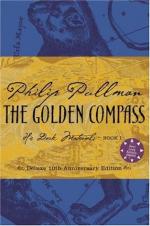|
This section contains 1,688 words (approx. 6 pages at 300 words per page) |

|
Overview
Sometime before the fourth century B.C. the Chinese noticed that certain minerals, properly prepared, always pointed to the south. The mineral was magnetite, commonly called lodestone, and it was made into what the Chinese called a "south pointer." For many centuries, these were used primarily for mystical purposes. By the eleventh century A.D., the Chinese had turned their south pointer into a magnetic compass, and a century later this device spread to both Europe and the Islamic world. The magnetic compass would eventually find its most significant use as an aide to naval navigation during the late Middle Ages.
Background
The Earth has a planetary magnetic field, a fact known by every Boy Scout, hiker, and sailor. Like most planets, the geomagnetic field is roughly aligned with the planet's rotational axis with the result that...
|
This section contains 1,688 words (approx. 6 pages at 300 words per page) |

|


